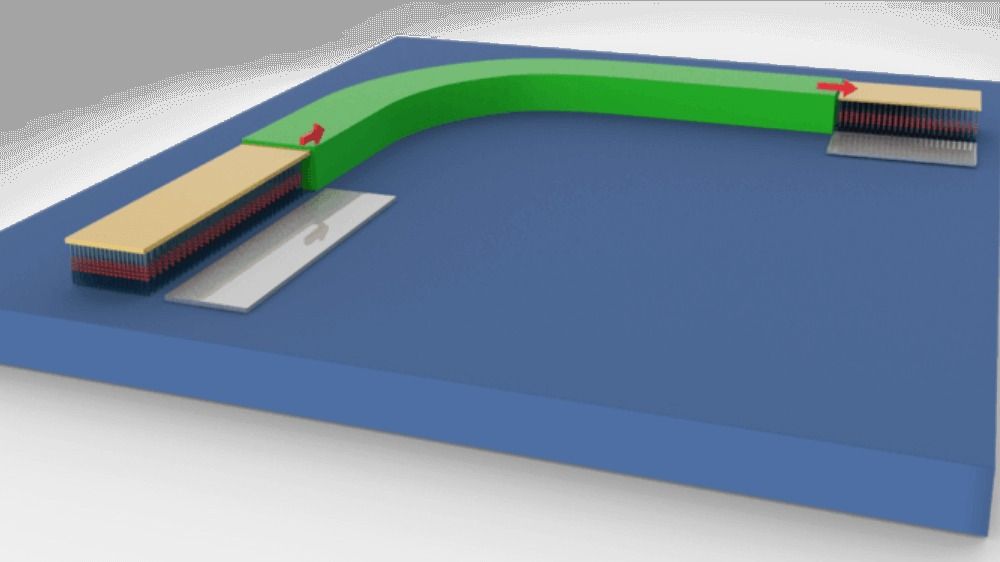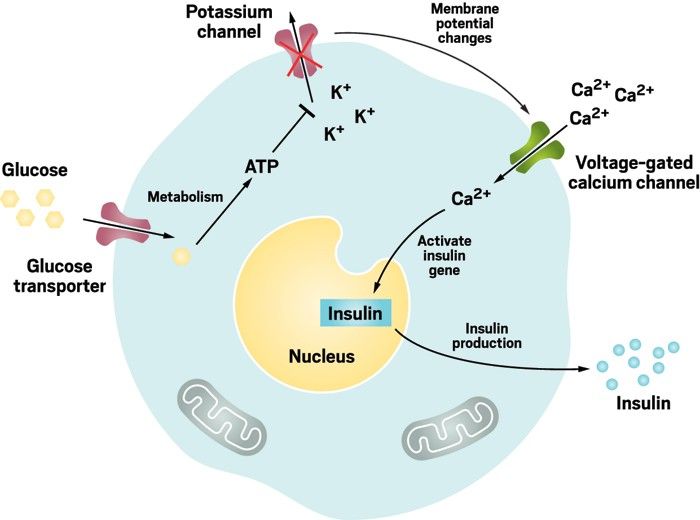Page 10625
Dec 13, 2016
Light based microchips are the future of electronics
Posted by Klaus Baldauf in categories: computing, futurism
For the past four decades, the electronics industry has been driven by what is called “Moore’s Law,” which is not a law but more an axiom or observation. Effectively, it suggests that the electronic devices double in speed and capability about every two years. And indeed, every year tech companies come up with new, faster, smarter and better gadgets.
Specifically, Moore’s Law, as articulated by Intel cofounder Gordon Moore, is that “The number of transistors incorporated in a chip will approximately double every 24 months.” Transistors, tiny electrical switches, are the fundamental unit that drives all the electronic gadgets we can think of. As they get smaller, they also get faster and consume less electricity to operate.
In the technology world, one of the biggest questions of the 21st century is: How small can we make transistors? If there is a limit to how tiny they can get, we might reach a point at which we can no longer continue to make smaller, more powerful, more efficient devices. It’s an industry with more than US$200 billion in annual revenue in the U.S. alone. Might it stop growing?
Continue reading “Light based microchips are the future of electronics” »
Dec 13, 2016
India test Agni-V intercontinental ballistic missile, capable of striking China
Posted by Karen Hurst in category: military
India is all set to test its Agni-V intercontinental ballistic missile (ICBM), capable of striking even the northernmost parts of China, in its final operational configuration from Odisha. Notedly, this will be fourth and the final test of nuclear-capable Agni-V. It will be tested for its full range, before Strategic Forces Command begins its user trials.
The country’s most formidable nuclear missile till now since it brings the whole of China and much more within its strike envelope, the three-stage Agni-V was earlier tested in “an open configuration” in April 2012 and September 2013.
The third test on Jan 30 2015 was done from a hermetically-sealed canister mounted on a Tatra launcher truck in “a deliverable configuration”.
Continue reading “India test Agni-V intercontinental ballistic missile, capable of striking China” »
Dec 13, 2016
IEEE publishes draft report on ‘ethically aligned’ AI design
Posted by Karen Hurst in categories: ethics, government, law, robotics/AI
IEEE’s new standards for ethically aligned AI — it’s a start focuses a lot on building ethics/ Morales into AI and not promote the building of autonomous AI Weapons, etc. However, without government & laws on the books this set of standards are a feel good document at best. When it gets into morals, values, not breaking laws, etc. this is when the standard really must come from social and cultural order/ practices, government, and most importantly laws to ensure the standards have the buy in and impact you need. My suggestion to IEEE, please work with gov, tech, legal sys. on this one.
More than 100 experts in artificial intelligence and ethics are attempting to advance public discussion surrounding the ethical considerations of AI.
Dec 13, 2016
Why Machines Should Go To The University of Google, School of Artificial Intelligence
Posted by Karen Hurst in categories: biotech/medical, education, information science, robotics/AI
Now that’s an idea; education for systems. I can see the online university advertisements now showing an autonomous car beeping and flashing its lights over the enjoyment of graduating.
What if I told you to tie your shoes, but you had no laces? Or to cook dinner, but you had no pots or pans.
There are certain tools we need to succeed, which we often don’t have access to or are held back by a gatekeeper.
Dec 13, 2016
Robo-Butlers and 3D printers could all be part of a hotel service in the future
Posted by Karen Hurst in categories: 3D printing, augmented reality
Customizing/building your own hotel experience to fit your dream stay experience — that truly is achieving superior customer experience.
A NEW study has uncovered how the travel and hotel experience will be different in a year, 25 years and as far ahead as 2060, finding Neuro-dreaming could soon be a reality.
Eco hotels and augmented reality hotels that will transport guests to fantasy worlds are also on the cards.
Continue reading “Robo-Butlers and 3D printers could all be part of a hotel service in the future” »
Dec 13, 2016
The power of polymeric coating
Posted by Karen Hurst in categories: biotech/medical, materials
Nice write on polymeric coatings as a material option consider when developing implants replicating a natural electrode charge without creating damage or disruptions. Author proposes such materials could be leveraged beyond their use today and expanded to include BMI implants. Definitely, will take a closer look at.
Jeff Hendricks Biotectix outlines how polymeric coatings can help improve the performance of medical and consumer electronic devices.
Dec 13, 2016
DARPA is giving its deep web search tech a huge upgrade
Posted by Karen Hurst in category: internet
A lot of people have never heard of the US Governments “Memex” program. Memex is a deep web search engine that was first developed by a Stanford graduate working for Rescue Forensics on behalf of the Defense Advanced Research Projects Agency (DARPA) — the agency that created the original ARPANET, which then went on to form the foundation of the internet.
Dec 13, 2016
Potential diabetes therapy: Engineered cells that control blood sugar
Posted by Karen Hurst in categories: bioengineering, biotech/medical
Excellent. Now, the question is “has Microsoft seen this?” as they are working on solving Diabetes too as part of their Synbio program that has already shown us their DNA Data Storage.
People with type 1 diabetes must inject themselves with insulin multiple times per day. This is because their immune system has destroyed cells in the pancreas that secrete insulin to maintain a healthy blood glucose level.
A team of bioengineers now report a possible alternative to such injections. The researchers engineered human kidney cells to act like pancreatic β cells, namely to sense blood glucose levels and produce insulin accordingly (Science 2016, DOI: 10.1126/science.aaf4006). When implanted in mice with type 1 diabetes, the cells prevent high blood glucose levels, also known as hyperglycemia.
Continue reading “Potential diabetes therapy: Engineered cells that control blood sugar” »
Dec 13, 2016
A New Form of Synaptic Plasticity in Pain Pathways
Posted by Karen Hurst in categories: biotech/medical, neuroscience
Nice.
Chronic pain is thought to involve the long-lasting strengthening of synapses, akin to what happens during the formation of new memories. This phenomenon, known as long-term potentiation (LTP), is triggered when neurons on both sides of a synapse are active at the same time. But now, Jürgen Sandkühler, Medical University of Vienna, Austria, and colleagues provide evidence that LTP in nociceptive circuits arises in a different way.
By simultaneously activating two types of glial cells―astrocytes and microglia―the researchers were able to produce LTP at synapses that connect peripheral C-fibers and lamina I neurons in the dorsal horn spinal cord. They also showed that with high-frequency stimulation of C-fibers, glial cells strengthen active and inactive synapses through their release of the NMDA receptor co-agonist D-serine and the cytokine tumor necrosis factor (TNF). Moreover, these molecules traveled to distant synapses, perhaps explaining why pain hypersensitivity can develop in areas surrounding or far away from an injury.
Continue reading “A New Form of Synaptic Plasticity in Pain Pathways” »


















